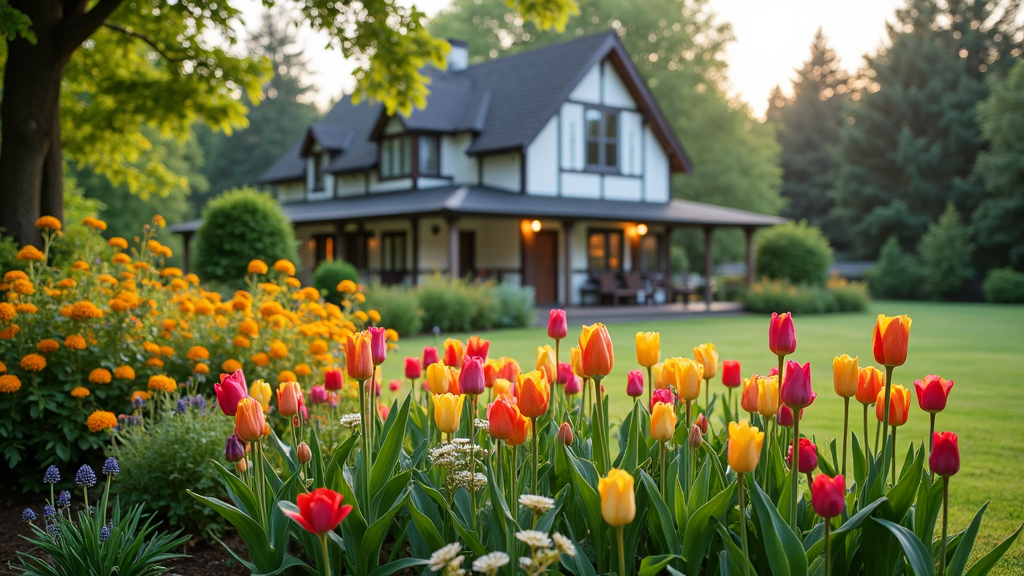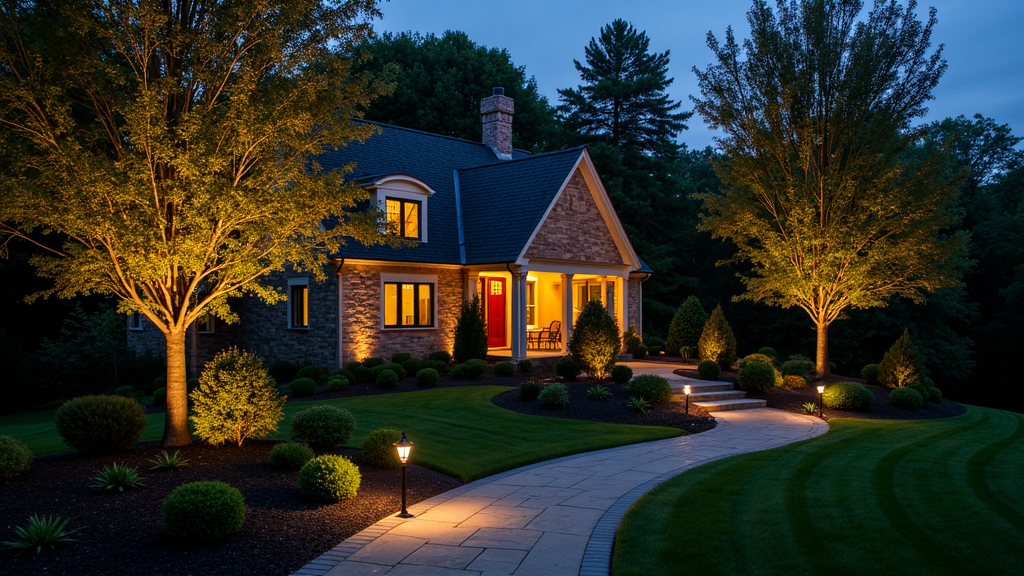Introduction
When it comes to enhancing the beauty and functionality of your outdoor spaces, landscape lighting plays a pivotal role. It not only illuminates pathways and highlights garden features but also adds a touch of elegance to your home’s exterior. However, choosing the right landscape lighting can be a daunting task—there are countless styles, types, and techniques to consider. In this comprehensive guide, we’ll delve into the essentials of landscape lighting, helping you make informed choices that will transform your outdoor space into a captivating retreat.
How to Choose the Right Landscape Lighting for Your Space
Choosing the right landscape lighting involves understanding your space’s unique characteristics and how you wish to utilize it. Are you looking to create a cozy ambiance for evening gatherings? Or perhaps you need functional lighting for safety along walkways? Here’s a breakdown of factors to consider:
Assessing Your Space
Before diving into specific lighting options, take some time to evaluate your outdoor area.
- Size and Layout: Measure your garden or yard area. This will help determine how many lights you'll need and where they should be placed. Existing Features: Identify trees, shrubs, paths, and architectural elements that could benefit from illumination. Usage: Consider how you use your outdoor space—do you entertain often? Have children playing outside? These aspects will guide your choices.
Determining Your Goals
Setting clear goals for what you want to achieve with your landscape lighting is essential:
- Safety: Highlighting pathways and steps is crucial for preventing accidents. Aesthetics: Create visual interest by emphasizing key features like sculptures or water features. Functionality: Ensure areas like patios or decks are well-lit for evening use.
Types of Landscape Lighting
Understanding the various types of landscape lights available can significantly influence your decisions.
1. Path Lights
Path lights are designed specifically for illuminating walkways and driveways.

- Design Options: Available in various styles—from modern to rustic—to complement your home’s architecture. Height Variations: Most path lights stand between 18” - 24” tall, providing adequate light without being obtrusive.
2. Spotlights
Spotlights offer focused beams that can highlight specific features.
- Ideal Uses: Perfect for drawing attention to trees, sculptures, or architectural details. Adjustability: Many spotlights come with adjustable heads allowing you to change the angle as needed.
3. Flood Lights
Flood lights provide broad illumination over large areas.
- Uses in Security: Commonly used for security purposes due to their intensity. Wattage Choices: Available in various wattages depending on how much light you need.
4. Garden Lights
Garden lights enhance flower beds and shrubs while adding ambiance.
- Subtle Illumination: Smaller fixtures that blend seamlessly into landscaping. Low Voltage Options: Many garden lights operate on low voltage systems which are safer and energy-efficient.
5. Wall Sconces
These fixtures can be mounted on walls or fences.
- Style Versatility: They come in numerous designs that can add character while providing light. Functional Art Pieces: Some wall sconces double as decorative art pieces when not lit.
Lighting Techniques You Should Know
To achieve stunning results with your landscape lighting, familiarize yourself with popular techniques:

1. Uplighting
Uplighting involves placing lights at ground level aimed upwards towards trees or structures:
- Enhances textures and creates dramatic shadows.
2. Downlighting
Downlighting mimics natural moonlight by casting soft light downwards:
- Provides a gentle glow perfect for creating an inviting atmosphere on patios or decks.
3. Silhouetting
This technique involves placing a light behind an object (like a tree) so that it casts the object’s shadow onto a surface:
- Great for creating striking visual effects against walls or fences.
Choosing Bulbs for Your Landscape Lighting
The type of bulb used in landscape lighting matters significantly regarding efficiency, brightness, and color temperature.
1. LED vs Incandescent Bulbs
LED bulbs are becoming increasingly popular due to their energy efficiency:
| Feature | LED | http://dominicklwav008.yousher.com/landscaping-safety-tips-every-greensboro-homeowner-should-know Incandescent | |-----------------------|-------------------------|--------------------------| | Lifespan | Up to 50,000 hours | 1,000 hours | | Energy Efficiency | 80% more efficient | Less efficient | | Heat Emission | Low | High |
2. Color Temperature Choices
Consider the mood you want to set with color temperatures measured in Kelvin (K):
- Warm White (2700K - 3000K): Cozy feel ideal for residential settings.
FAQs about Landscape Lighting
FAQ 1: What is landscape lighting?
Landscape lighting refers to outdoor illumination designed not only for safety but also aesthetics by highlighting trees, pathways, gardens, etc., enhancing both functionality and beauty of outdoor spaces.
FAQ 2: How do I install landscape lighting?
Begin by planning layouts where each light will go based on needs assessed earlier; then stake out locations before digging holes and installing fixtures according to manufacturer instructions while connecting them back to power sources safely!
FAQ 3: What maintenance do landscape lights require?
Regularly check fixtures every few months; clean lenses from dust/debris accumulation & replace burnt-out bulbs promptly thus ensuring optimal performance year-round!
FAQ 4: Can I use solar-powered lights?
Absolutely! Solar-powered landscape lights harness sunlight during daytime converting it into energy stored within batteries powering them after dark making installation easy without complicated wiring involved!
FAQ 5: What is low voltage vs line voltage lighting?
Low-voltage systems operate at 12V making them safe/easy-to-install while line-voltage operates at standard household levels(120V) delivering brighter output but often requiring professional installation due complexity involved!
FAQ 6: How can I make my outdoor space more inviting with lighting?
Combine different types/techniques such as uplighting & downlighting alongside warm-white bulbs strategically placed around seating areas creating cozy ambiance perfect entertaining guests!
Conclusion
In conclusion, selecting the right landscape lighting requires careful consideration of both aesthetic desires and practical needs—it’s about finding balance between beauty & functionality! By assessing your space properly while understanding different types/techniques available along with proper bulb choice; transforming any outdoor area becomes effortless! Remember this guide next time you ponder “how do I choose the right landscape lighting?” because now you've got all necessary tools at hand ensuring stunning results whether hosting parties under stars or simply enjoying tranquil evenings outdoors!
With these insights in mind—the journey toward achieving spectacular outdoor spaces has just begun! So go ahead; embrace creativity through clever illumination strategies elevating potential hidden gems waiting patiently within each nook cranny awaiting discovery!
This article provides an extensive exploration into how one might approach choosing effective landscape lighting options tailored specifically toward individual preferences while maintaining safety standards throughout homes’ exteriors thus enriching overall experiences enjoyed outdoors!